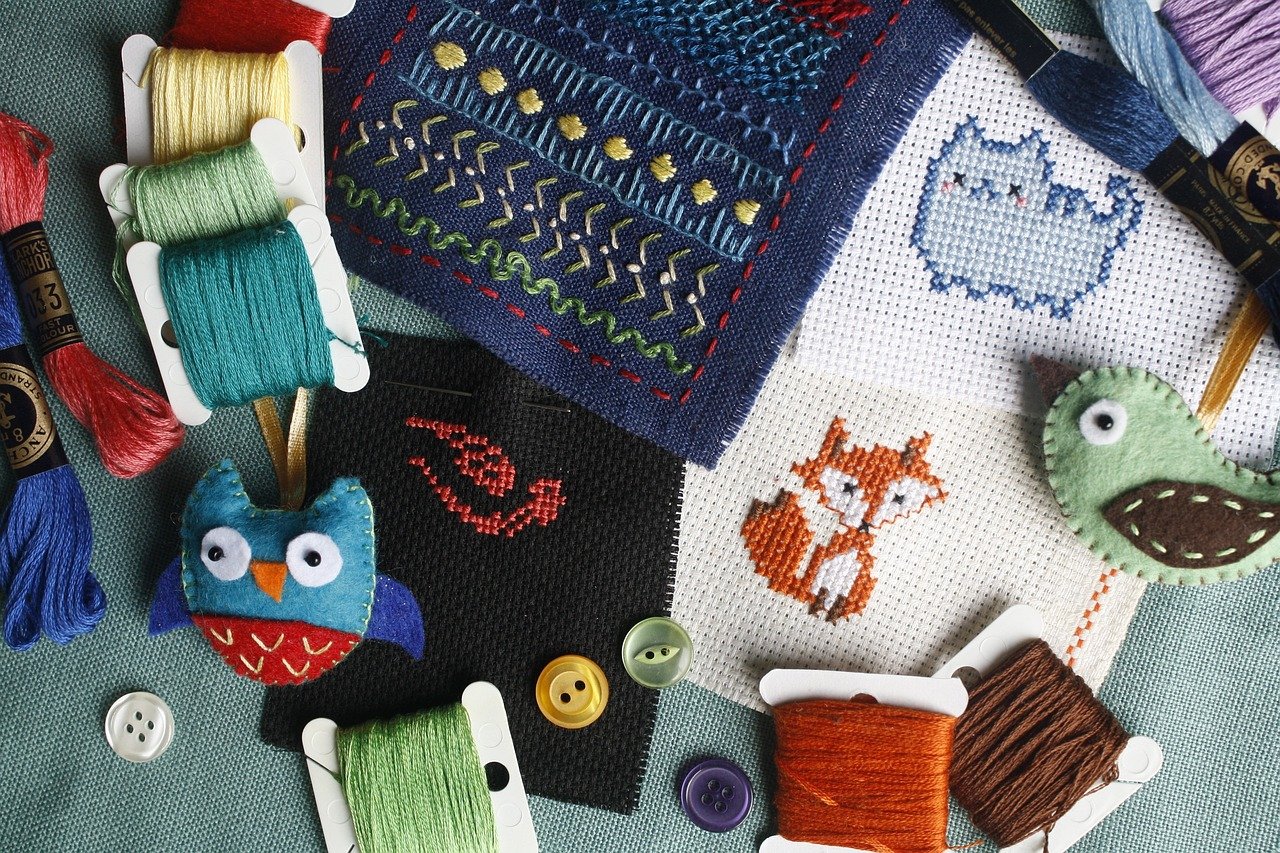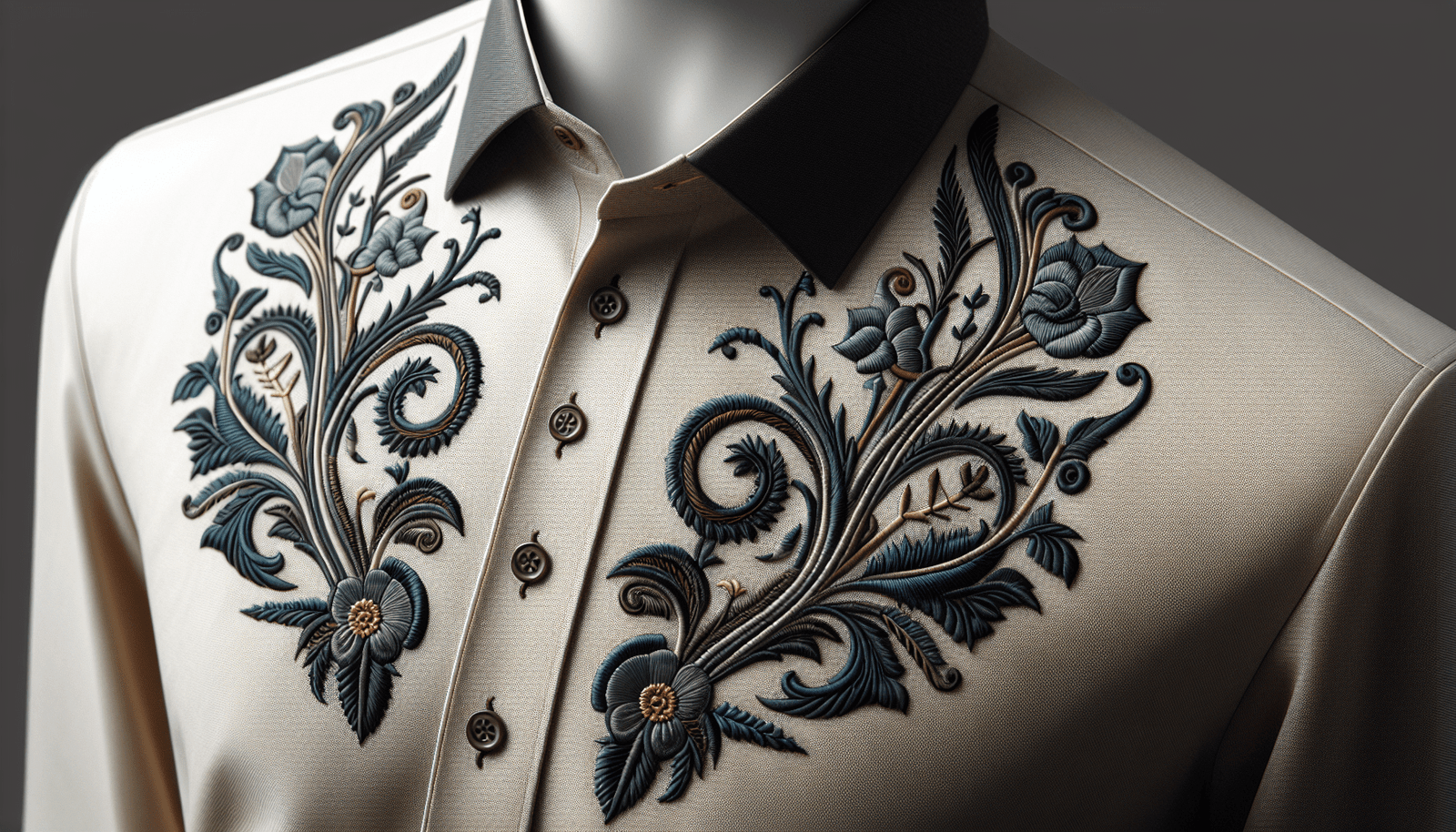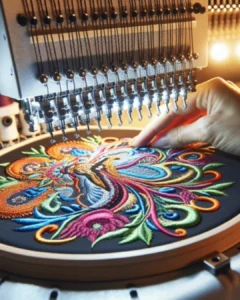How To Incorporate Embroidery Into Your Company’s Uniform Policy
Do you want to make your company stand out with a distinctive and professional look? Incorporating embroidery into your company’s uniform policy might be the perfect solution for you. Embroidery adds a touch of elegance and uniqueness to your uniforms, boosting both your brand’s image and your team’s morale. In this guide, we will walk you through everything you need to know to effectively integrate embroidery into your company’s uniform policy.

This image is property of pixabay.com.
The Benefits of Embroidered Uniforms
Before we dive into how you can incorporate embroidery, let’s explore the benefits that come with embroidered uniforms. It’s more than just aesthetics—it tangibly impacts your company’s image and operational efficiency.
Enhances Brand Identity
Uniforms with embroidered logos or names help establish a strong brand identity. When employees wear uniforms adorned with your logo, it reinforces brand recognition and lends an air of professionalism to your business.
Promotes Employee Pride
Employees are more likely to take pride in their work when they wear uniforms that look good and feel good. Embroidery adds a bespoke feel, making employees feel valued and part of something special.
Improves Workplace Uniformity
Uniformity in the workplace can eliminate distractions and maintain a level of professionalism. Embroidered uniforms ensure everyone looks part of the team, no matter their role, fostering an inclusive environment.
Durable and Low Maintenance
embroidery is durable and withstands frequent washing and use better than printed designs. This longevity means fewer replacements and, ultimately, cost savings for your business.
Selecting the Right Material
The material of the uniform significantly impacts how well the embroidery will look and last. Your choice should balance both comfort for your employees and the durability of the embroidery.
Natural Fibers
Materials like cotton and wool are breathable and comfortable, making them excellent choices for uniforms that employees will wear for extended periods. These fabrics handle embroidery well and maintain detailed stitching.
Synthetic Fibers
Polyester and nylon offer durability and moisture-wicking properties, ideal for active work environments. Embroidery on these fabrics often stands out due to their smooth surfaces.
Blended Fabrics
Blends like poly-cotton combine the best features of both natural and synthetic fibers, providing a balance of comfort and durability. These blends are often easier to embroider and maintain.

This image is property of pixabay.com.
Types of Embroidery Techniques
Understanding the various embroidery techniques can help you choose the best option for your uniforms. Each method offers different aesthetic and practical benefits.
Flat Embroidery
Flat embroidery involves stitching designs onto the fabric’s surface. It’s the most common technique and is suitable for detailed logos and text.
3D Puff Embroidery
This technique adds a three-dimensional effect by layering foam under the stitches. It’s great for making logos or names stand out, giving them a bold and tactile look.
Appliqué Embroidery
In appliqué embroidery, fabric pieces are sewn onto the uniform, often in addition to traditional stitching. This method can add both texture and color contrast to your uniform designs.
Laser Cut Embroidery
Precision and detail are the hallmarks of laser-cut embroidery. This technique involves using lasers to cut fabric pieces, which are then sewn onto the uniform. This method is perfect for intricate designs.
| Embroidery Technique | Suitable For | Benefits |
|---|---|---|
| Flat Embroidery | Detailed logos and text | Versatile, detailed, and widely used |
| 3D Puff Embroidery | Bold logos and names | Adds dimension and tactile quality |
| Appliqué Embroidery | Colorful and textured designs | Enhances texture and color contrast |
| Laser Cut Embroidery | Intricate and precise designs | High precision and detail |
Designing Your Embroidered Uniforms
Designing embroidered uniforms involves several important decisions, from color schemes to logo placement. These choices can significantly impact the final product.
Choosing the Right Colors
Color selection is instrumental in ensuring that your embroidered designs stand out against the uniform fabric. Consider the following tips:
- Contrast: Choose embroidery colors that contrast well with the uniform fabric. Dark threads on light fabrics or vice versa usually work best.
- Brand Colors: Incorporate your brand’s colors to maintain consistent branding across all company materials.
- Visibility: Ensure that the colors are highly visible in various lighting conditions, which is particularly important for outdoor or low-light work settings.
Logo Placement
Where you place the embroidery on the uniform is just as important as the design itself. Common placements include:
- Chest Area: Positioning the logo on the left or right chest area is standard and highly visible.
- Sleeves: Embroidering on the sleeves can be a unique place for team or department logos.
- Back: For a larger impact, you can embroider the logo or company name across the upper back.
Text and Fonts
If you’re including text, such as employee names or titles, selecting the right font is crucial. Pick a font that is easily readable and reflects your brand’s personality.
Simplicity Versus Complexity
While you might be tempted to go for an elaborate design, keep in mind that simpler designs often lead to better readability and execution. Complex designs might not translate well into embroidery and could become distorted.

This image is property of pixabay.com.
Implementation Strategy
When you’re ready to integrate embroidery into your uniforms, having a clear strategy in place will make the process smoother and more efficient.
Pilot Testing
Before rolling out embroidered uniforms company-wide, consider conducting a pilot test. Choose a small group of employees to wear the new uniforms first and gather their feedback. This helps identify any potential issues with comfort, design, or durability.
Supplier Selection
Selecting the right embroidery supplier is crucial for achieving high-quality results. Look for suppliers with experience in company uniforms and verify their quality through samples or customer reviews.
Budgeting
Embroidery can be more expensive than other forms of branding like printing, so it’s important to budget accordingly. Factor in the cost of materials, embroidery services, and potential replacements.
Scaling Up
Once you’ve tested and approved your designs, you can scale up the production. Coordinate with your supplier to ensure they can handle large orders within your required timelines.
Training and Manual
Ensure that the new uniforms come with care instructions, so your employees know how to maintain them. Offer a brief training session or manual to highlight the new uniform policy and its benefits.
Monitoring and Feedback
After the uniforms are rolled out, monitor their performance and continue to gather feedback from employees. This ongoing evaluation allows for adjustments and ensures that the uniforms meet your expectations.
Legal and Policy Considerations
Incorporating embroidered uniforms into your company’s policy involves more than just design and implementation. It’s essential to cover the legal and policy aspects to avoid potential pitfalls.
Dress Code Policies
Update your company’s dress code to reflect the new uniform requirements. Specify the guidelines for when and how the uniforms should be worn. Be clear about any exceptions or accommodations.
Employee Rights
Ensure that your uniform policy doesn’t infringe on employee rights. Consider cultural and religious sensitivities, and be prepared to make reasonable adjustments if needed.
Workplace Safety
When selecting and designing uniforms, make sure they comply with workplace safety standards. For example, reflective embroidery might be required for employees working in low-visibility conditions.
Tax Regulations
Familiarize yourself with tax regulations related to company uniforms. In some jurisdictions, you might be eligible for tax deductions for providing uniforms to employees. Consult a tax professional to ensure compliance.

Case Studies: Successful Implementation
Looking at how other companies have successfully incorporated embroidery into their uniform policies can provide valuable insights and inspiration.
Retail Giant’s Branded Uniforms
A well-known retail giant decided to shift from plain, nondescript uniforms to ones with their logo embroidered. The change not only enhanced brand recognition but also increased employee satisfaction as they felt more like brand ambassadors.
Healthcare Facility’s Functional Yet Stylish Uniforms
A large healthcare facility incorporated subtle but elegant embroidery on their staff uniforms. This not only helped in easy identification of the staff but also added an element of sophistication, aligning with their brand ethos.
Tech Company’s Casual Approach
A tech startup incorporated stylish and casual embroidered polos and hoodies for their employees. The move struck a balance between professionalism and the laid-back culture of the company.
Conclusion: Making Your Decision
Incorporating embroidery into your company’s uniform policy can offer numerous benefits, from enhancing brand identity to improving employee morale. By carefully considering the design, implementation strategy, and legal aspects, you can make a well-informed decision that aligns with your company’s goals. So why not take this step to elevate your company’s image and create a more unified and professional team environment? Your employees and your brand will thank you.




